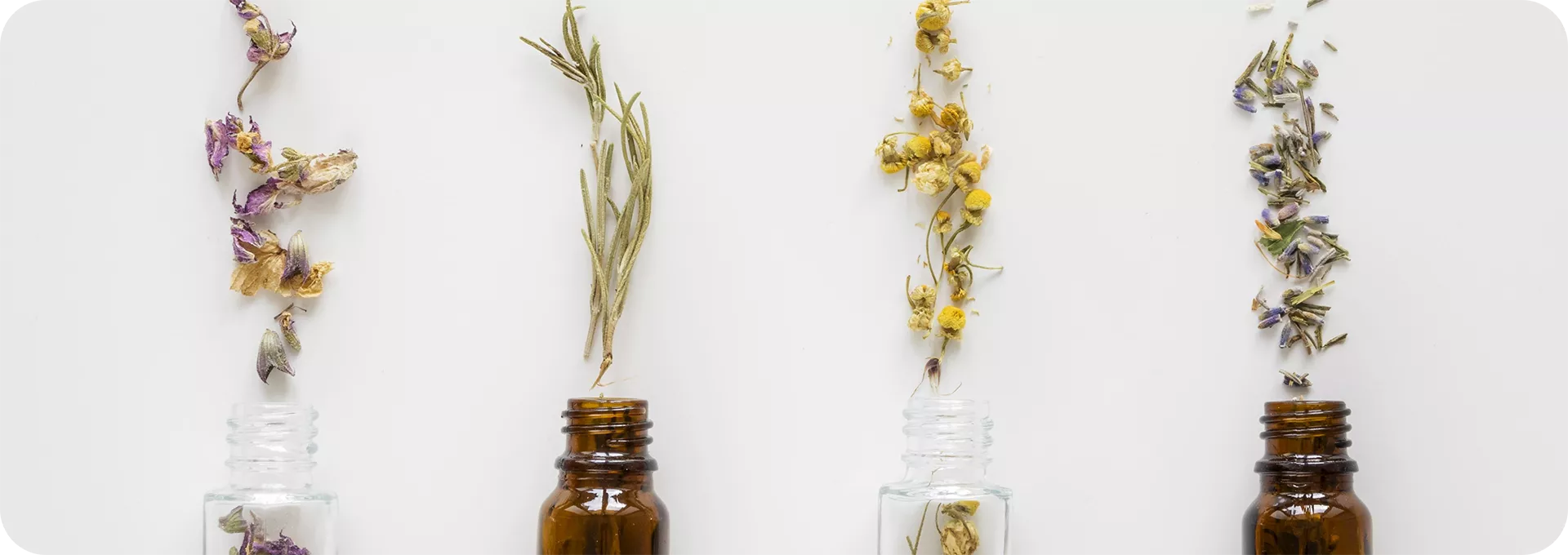
Aromatherapy is an alternative therapy that uses extracts from the aromatic parts of medicinal plants to heal. These plants can be used to treat physical and psychosomatic illnesses, either preventively or curatively.
Today, aromatherapy has become a science, thanks to the use of various analytical tools (chromatography, spectrometry, etc.) that enable pharmacological studies to be created, because let’s face it, pharmaceutical companies use the same molecules contained in essential oils by reproducing these molecules in the laboratory, i.e., synthetically. So it’s important to distinguish between scientific aromatherapy and aromachology, the latter being the study of how the use of fragrances affects a person’s psychological behavior.
How can aromatherapy, through its product, essential oil, be a science and therefore have medicinal activity?
Of course, not all essential oils on the market have this medicinal power. The quality of the essential oil is an essential factor; we will only find this “quality” if several elements in the production of the essential oil have been respected.
These claims can sometimes mislead consumers, as they in no way promise a high-quality essential oil for medical use.
Before being marketed, each essential oil must undergo an organoleptic examination (odor, color, appearance, viscosity).
Any company offering high-quality essential oils will be able to provide you with a chromatography, which is an analysis of the essential oil’s composition in terms of molecule name and concentration. It is impossible to verify the quality of the essential oil if the company refuses to provide you with this analysis.
It’s very interesting to apply this theory to a well-known essential oil: Eucalyptus globulus essential oil.
Eucalyptus globulus essential oil has been used for hundreds of years to disinfect premises and prevent epidemics. The molecule 1,8 cineole, also known as “eucalyptole” in the oxide family, is present in the majority of Eucalyptus globulus essential oils. It is this molecule that gives it its expectorant properties. Laboratories are capable of creating synthetic eucalyptol in the laboratory.
However, several other molecules work synergistically in this same essential oil: pinocarvone in the ketone family (highly mucolytic), trans-pinocarveol (microbicidal alcohol) and alpha-pinene (antiseptic and decongestant). The combination of all these molecules gives Eucalyptus globulus essential oil its expectorant, mucolytic and antiseptic properties, which are highly beneficial during episodes of colds, flu, bronchitis, hypersecretory and superinfected asthma and all other respiratory (bronchopulmonary) ailments.
Essential oils contain dozens and sometimes hundreds of molecules acting synergistically to improve our physical and psychological health if used safely and optimally.
As aromatherapy is not yet well regulated, quality criteria should always be checked before purchasing. Essential oils must be handled and used with the same care as medicines, because essential oils are not just perfumes, they are natural medicines.